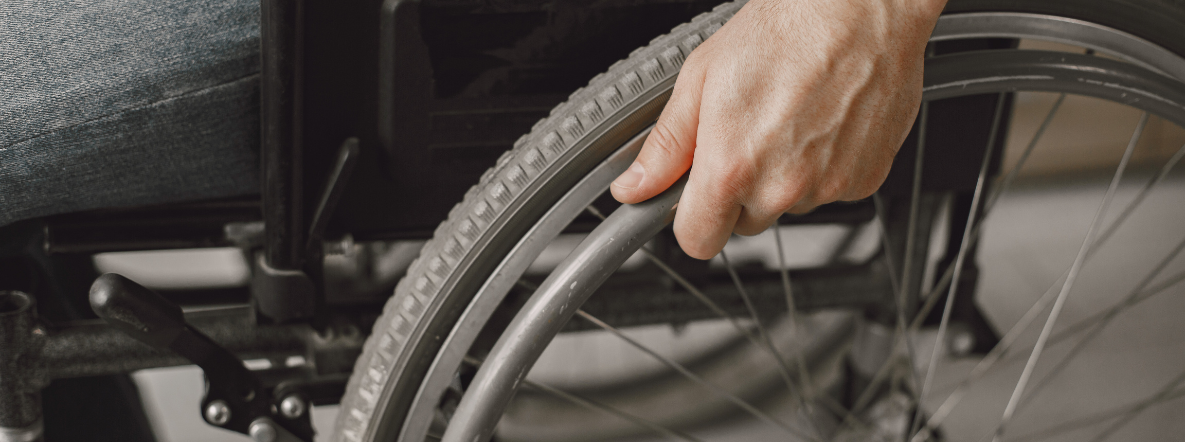Participation of disabled persons in community activities and socialising: A reality check
04 Dec 2021
Opinion: Palash Baruah and DL Wankhart
The United Nations propounded the celebration of “International Days as “occasions to educate the general public on issues of concern to mobilize political will and resources to address global problems and to celebrate and reinforce achievements of humanity”. As in the past we are going to celebrate the 3rd of December as the International Day of Persons with Disabilities (IDPD). The theme for this year is “Leadership and participation of persons with disabilities toward an inclusive accessible and sustainable post-COVID-19 world.”
The WHO estimated that more than one billion people – about 15% of the world’s population – experience some form of disability. Pertinently it is possible that almost everyone will be temporarily or permanently impaired at some point in life. It is a well-accepted fact that persons with disabilities suffer from the lack of access to healthcare education and employment keeping them suppressed economically. At the same time it is often seen that they spent less time in community participation and socialising. This lead to a situation where they become less social inclusive with much negative bearing on their social psychological and physical life. They become less socially integrated and remain isolated in their communities.
In India after the Act of 1995 was repealed we now have the Rights of Persons with Disabilities Act 2016 which defines a “person with disability” as “a person with long term physical mental intellectual or sensory impairment which in interaction with barriers hinders his full and effective participation in society equally with others”. It is often observed that there is significant differences in community participation between persons with disabilities and persons without disabilities.
Some of the social & community related activities would include participating in (i) community celebrations of cultural and historic events (ii) community rites/events like weddings funerals births collective religious practice and similar rites (iii) community social functions like music dance etc (iv) civic and related responsibilities (v) organized/mass cultural events and shows (vi) attendance at sports events playing games and other pastime activities etc.
There are varied reasons that could be attributed to lesser community participation by disabled persons. Some of the reasons that could be attributed for this phenomenon could be (i) fewer opportunities to engage (ii) social activities are often infrequent and when they do occur they are reported as less fulfilling than activities for non-disabled persons (iii) inaccessible environments (iv) lack of transportation (v) greater risk for re-hospitalization and reduces their ability to participate and (vi) severity of disability or impairment. At times it could be simply the lack of support from their family and the overall community.
There is lack of data to identify the amount of time spent by disabled persons in community and social activities and the accurate and precise factors that are hindering their active participation. A country-wide survey on the lines of “Time Use Survey” can be thought of to identify the types of community activities where disabled persons participate and the time that they spent on such activities. The additional information should include the issues where disabled persons identify as hindrances or problems in fulfilling their desire to actively participate in community and social activities.
Community participation is a versatile and contextual phenomenon and it is considered vital for health and wellbeing promoting a sense of belongingness provides social support and opportunities for physical activity. But community participation does not take place in a vacuum. The environment accessibility and opportunity dynamically influences social and community participation. There is a need to ensure that persons with disabilities are able to exercise their choice and control to enable them to go beyond being only passive recipients of services and to participate meaningfully in community and social life. The realisation that unjustified segregation of people with disabilities is a form of discrimination and need to be prohibited is the starting point towards a sustainable solution.
*Dr Palash Baruah is Senior Research Analyst National Council of Applied Economic Research (NCAER) New Delhi and DL Wankhar is a retired Indian Economic Service Officer. Views and opinions expressed in this article are personal.
Published in: COUNTRYVIEW, 04 Dec 2021






